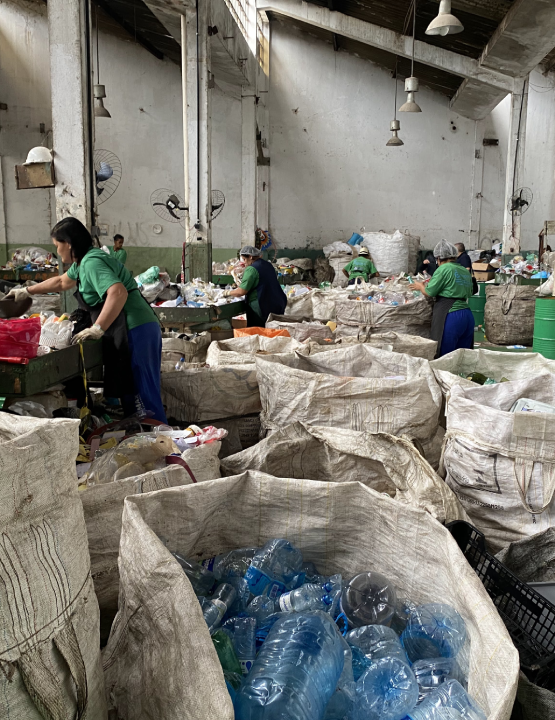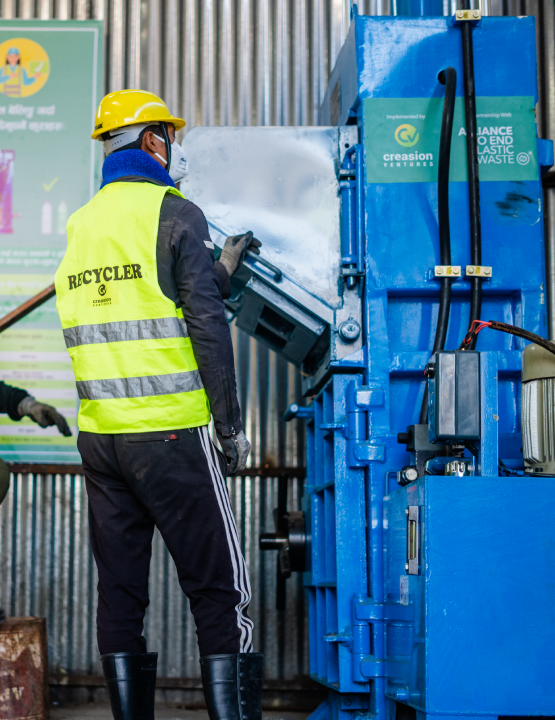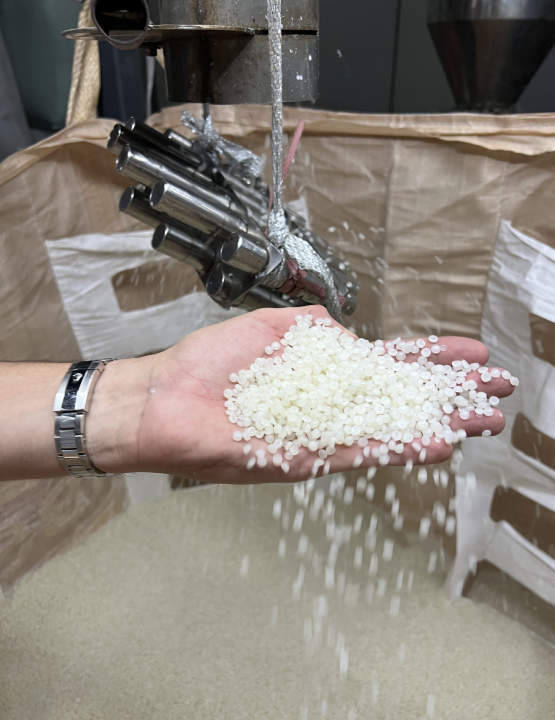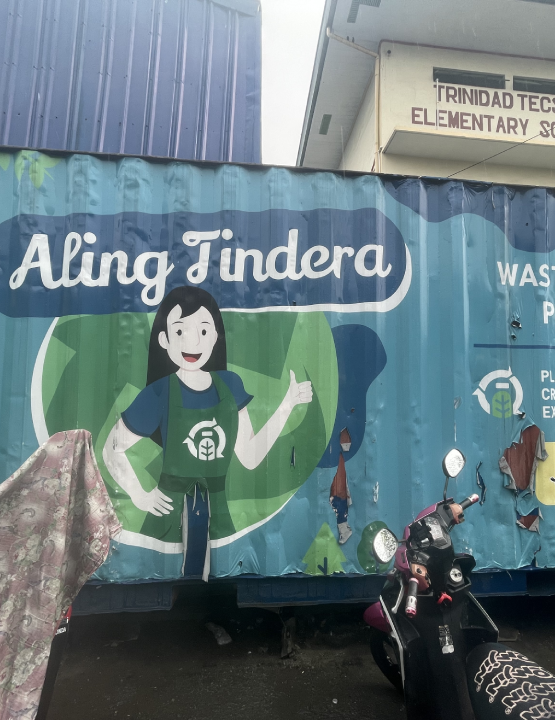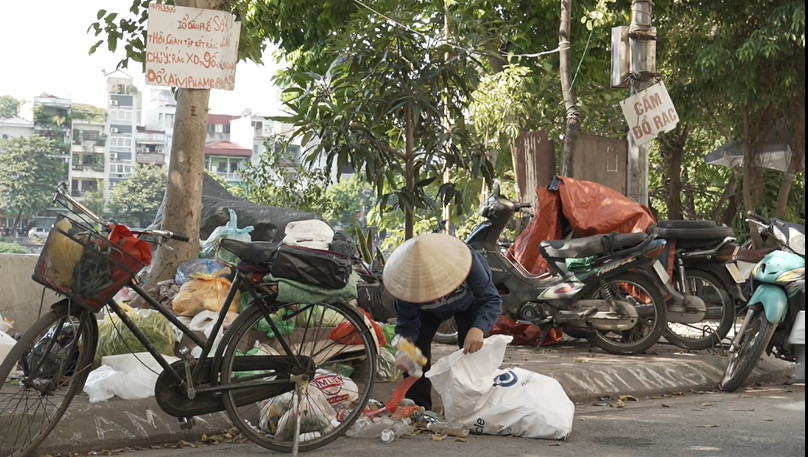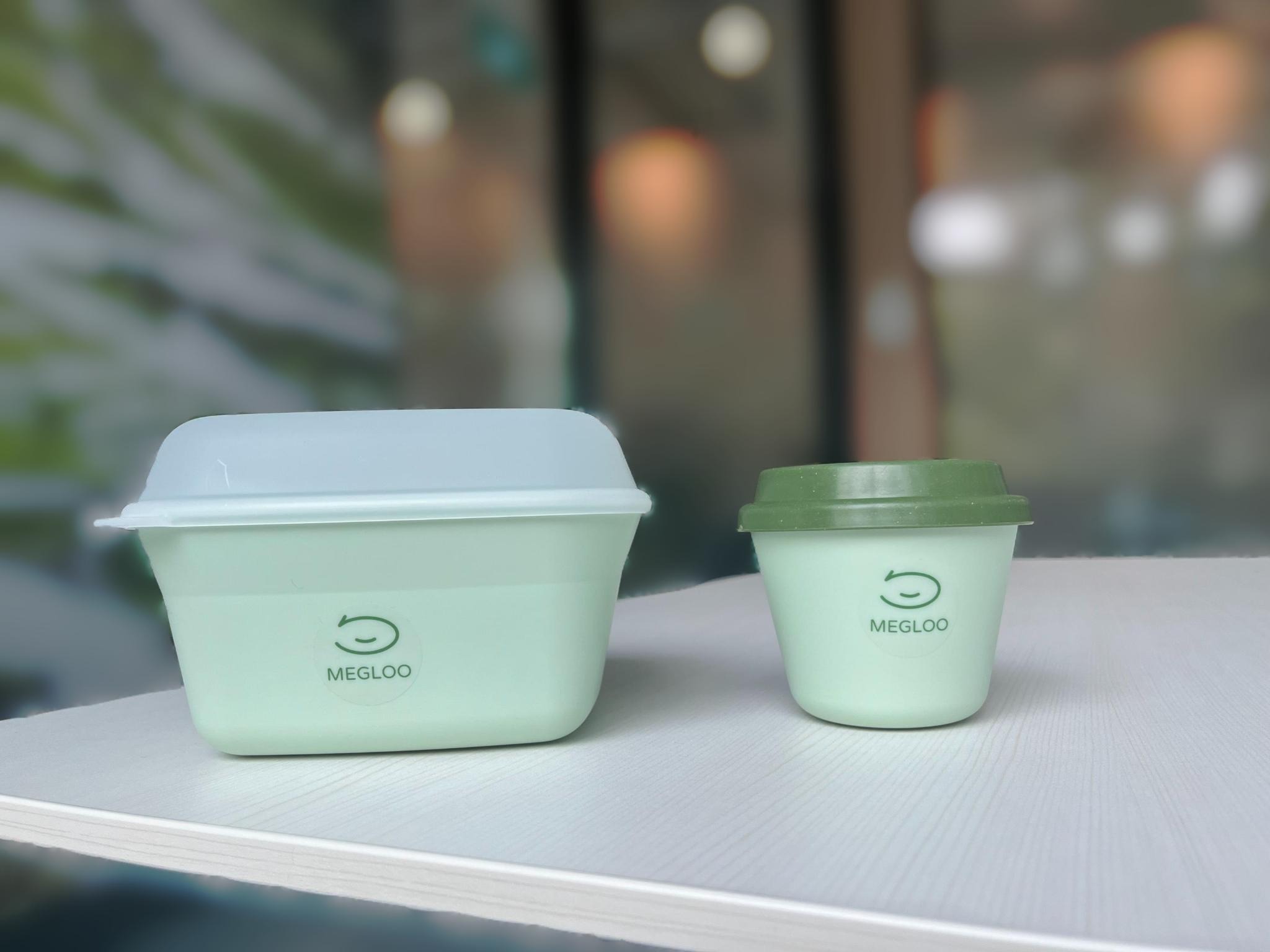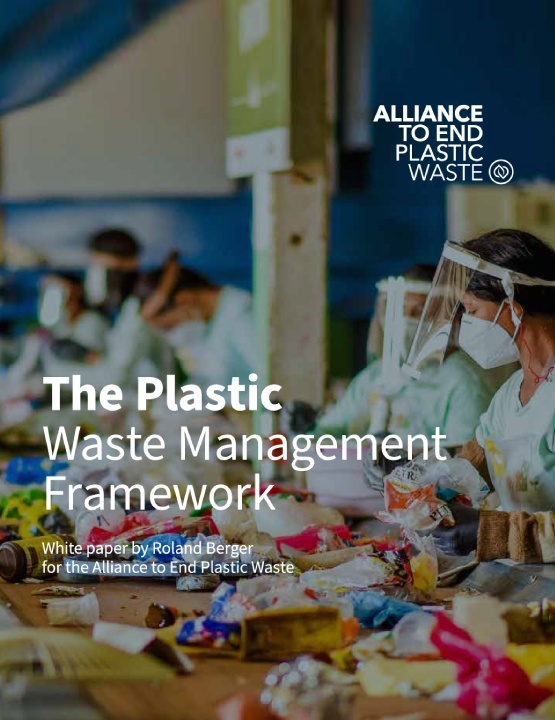The circular economy, a buzzword of the moment, could help save the planet and ensure renewed economic growth for decades to come.

The Circular Economy Explained

Overview
The ‘circular economy’ is a buzzword familiar from corporate reports and mission statements everywhere. But if you’ve been diligently reducing your use of single-use plastics, putting your plastic packaging from the supermarket in the recycling bin, or reusing whenever you can—you've unknowingly been helping to build the circular economy for years.
So, what exactly is it? In truth, the circular economy is far more than a buzzword—it’s a systems philosophy where nothing is really thrown away. Instead, materials are retained through reuse or recycling, benefitting society and the environment.
The best way of understanding it is to look at its alternative: the ‘linear economy’, a model the world has been following since the first industrial revolution.
This is a ‘take-make-dispose’ model: extracting resources used to produce goods, then throwing the by-product waste away. Not only is this a waste of natural resources, it can also create a major waste management problem and higher greenhouse gas emissions.
How we can close the loop
In a nutshell, the circular economy decouples economic activity from the resource consumption that is harming the planet by designing out waste from the system every step of the way.
- Design & Production:
Creating products in a way that reduces excess material use, allows for recycled materials to be used, and makes reuse or recycling at the end of its lifespan easier
- Retail:
Reducing excess packaging and giving customers more sustainable options
- Use & Reuse:
Reusing, repairing, and refurbishing our products to extend their lifespan and reduce waste
- Responsible Collection & Waste Management:
Capturing all our waste and recycling as much as possible allows us to reclaim the material value of products and prevents leakage into our environment
- Closing the Loop:
Once the material value of products has been reclaimed through recycling, this raw material can go back to the start to be used to make new products, reducing the input of new natural resources
The concept has existed since the 1960s, but a 2013 report commissioned by the Ellen MacArthur Foundation, Towards a Circular Economy, put it at the top of the modern business agenda.
It means a radical economic transformation—a recognition that businesses along the supply chain are interlinked and ‘no one can do it alone’. Implementing a circular economy will not only benefit the environment but also secure long-term economic viability, benefitting society in the process. In Europe, it’s estimated by 2030 the circular economy will be worth an additional 0.6% in annual growth and reduce CO₂ emissions by 48%.
From waste to worth
This all sounds great, but what does the circular economy look like in practice? Companies around the world who value sustainability have been trying to implement its principles and restructure their business models for many years now.
Renault was the first car-maker to directly invest in the circular economy, creating subsidiaries through which it controls the flow of recycled parts and materials from its cars when they reach the end of life. It focuses on ‘short-loop recycling’, producing resources that already fit the specifications for use within the automobile industry—more sustainable than repurposing for other sectors.
This applies to aluminium, copper, and textiles—but the company is currently pushing hard on plastics recycling. It has used recycled plastics in its cars since the 1990s, and there is currently 50kg of such material in a Renault Espace—one example of its ‘front-end design’ for recyclability.
It is looking to further increase recycled plastic content from the current level of around 15-20%, and expand plastic recovery from end-of-life vehicles to markets beyond Europe. It recently signed up to France’s Circular Economy Roadmap, which envisages a 100% plastic recycling rate by 2025.
Ikea is another giant chasing sustainability; it is committed to only using renewable and recycled resources by 2030. Currently, 60% of materials used are renewable and 10% recycled—so it is well on track.
Plastics are used as components and to fabricate entire items throughout its home furnishings range. By the end of 2021, the company targets the phase-out of all single-use plastics from its products.
To use the terms of the circular economy, these are efforts to reduce waste and close loops within ‘technical cycles’. But there are also ‘biological cycles’ into which we must also invest to ensure we don’t deplete the natural world. As the largest single consumer of the world’s wood supplies—1%—this is something Ikea is focused on: currently, 97% of their wood is sustainably sourced.
Moving the world towards circularity
Because the circular economy must apply across entire supply chains, this interconnectedness is by definition global in scope. Plastic waste knows no boundaries, so everyone must work to put systems in place to move the world towards circularity.
In 2015, China was named as one of the largest causes of marine plastic leakage, and have since made great strides in its path towards circularity. In 2019, China designated 11 cities—including Shenzhen, Sanya, and parts of Beijing—to take part in a pilot programme to move towards ‘zero waste’, bringing together the public and private sector to pilot solutions that could be scaled throughout the country. China aims that all its largest cities should have comprehensive and sustainable waste management systems by 2025.
And this is but one example. There are cities everywhere working to reclaim the value of their waste to the benefit of their people and the environment. Our efforts are focused on facilitating this progress through investment in infrastructure, making recycling accessible to all; innovation, supporting tomorrow’s solutions and bringing them to the world; education and engagement, showing communities the path towards circularity; and cleanup, helping activate individuals to help clean up their local environment.
With collaboration between individuals and governments, communities and companies—everyone bringing their expertise and energies together—we can forge a path towards circularity and help end plastic waste.

